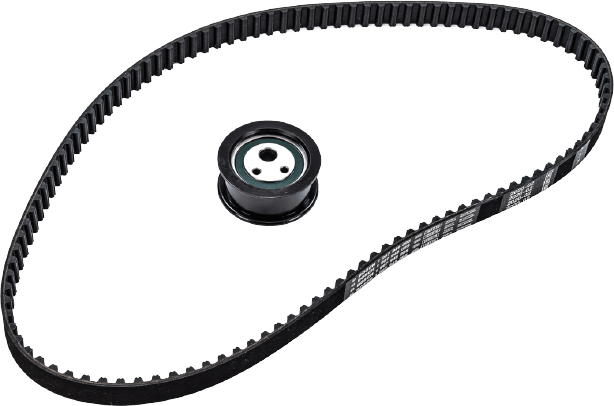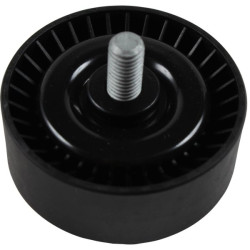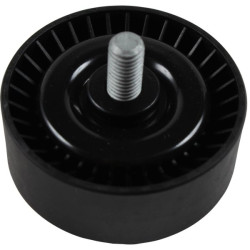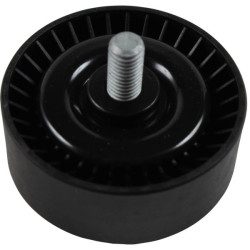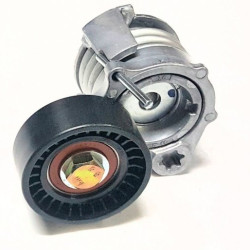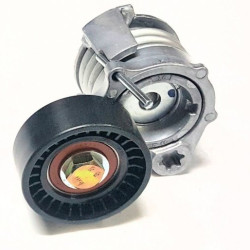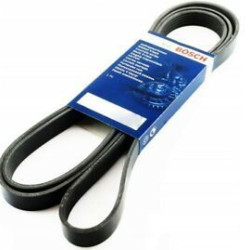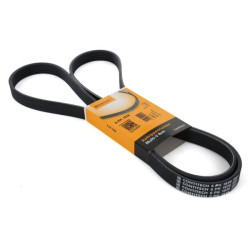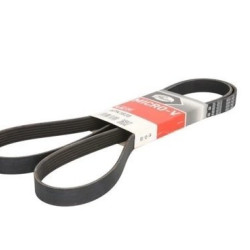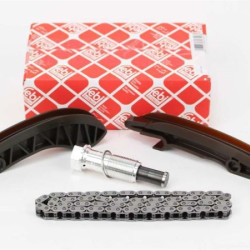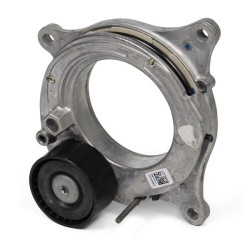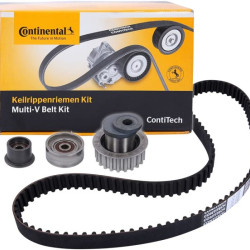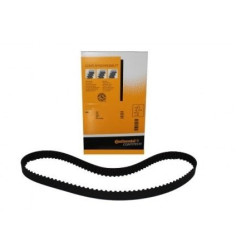BMW V Belt BMW Bearing
BMW V Belt BMW Bearing; It is the rubber part that transmits the power received from the crankshaft of the vehicles to the fan, alternator, and water pump.
BMW V Belt and V Belt Bearings: Features and Historical Development
V belts and V belt bearings are essential components that ensure the operation of auxiliary systems in internal combustion engines. The V belt takes power from the crankshaft to drive components such as the alternator, water pump, air conditioning compressor, and power steering pump. V belt bearings ensure the smooth operation of this belt and maintain its tension. The V belts and bearings used in BMW vehicles are designed to offer high performance and durability. In this article, we will examine what BMW V belts and V belt bearings are, their features, and their historical development.
Features of V Belts and V Belt Bearings
BMW V belts and V belt bearings are specially designed and manufactured to ensure the efficient operation and longevity of the engine. Here are some key features of these components:
V Belt:
1. High Strength: BMW V belts are made from high-strength and durable materials. This ensures the belt's longevity and high power transmission.
2. Flexibility: V belts easily adapt to different components of the engine due to their flexible structure, providing efficient power transmission.
3. Quiet Operation: BMW V belts are designed to operate with minimal noise. This offers a quieter experience during driving.
4. Heat and Wear Resistance: BMW V belts are resistant to high temperatures and wear. This ensures reliable performance even under harsh working conditions.
V Belt Bearings:
1. High Durability: BMW V belt bearings are made from high-quality steel and are designed to be long-lasting.
2. Low Friction: These bearings are designed to provide low friction and wear, ensuring the efficient operation of the belt.
3. Precision Manufacturing: BMW bearings are manufactured with high precision, ensuring the smooth operation and tension maintenance of the belt.
4. Corrosion Resistance: BMW V belt bearings are equipped with coatings that provide high resistance to corrosion.
Historical Development
The historical development of BMW V belts and bearings has continuously undergone innovations and improvements with advancements in automotive engineering. Here are some key points regarding the historical development of these components:
1. Early Periods (1900s): The belts and bearings used in early engines were generally made from simple and low-performance materials. These belts and bearings offered low efficiency and short lifespan.
2. Mid Period (1950s-1970s): During this period, the use of synthetic materials and more durable steel alloys became widespread. This increased the performance and lifespan of belts and bearings.
3. Modern Period (1980s-Present): Today, BMW V belts and bearings are produced using advanced engineering techniques and high-quality materials. Computer-aided design (CAD) and manufacturing (CAM) technologies allow for more precise and efficient production of these components.
4. High-Performance Applications (2000s and Beyond): In modern high-performance BMW engines, V belts and bearings have even more advanced features. Innovative materials and manufacturing techniques enable these components to offer higher performance and durability.
Conclusion
BMW V belts and V belt bearings are critical components that ensure the efficient and durable operation of the engine. Historically, these components have continuously undergone innovations and improvements, ensuring the superior performance of BMW engines. Produced with high-quality materials and advanced manufacturing techniques, BMW V belts and bearings ensure the smooth and long-lasting operation of the engine. The historical development of these components reflects advancements in automotive engineering, making each new generation of BMW engines more efficient and durable.
 Türkçe
Türkçe
 English
English
 Русский
Русский

